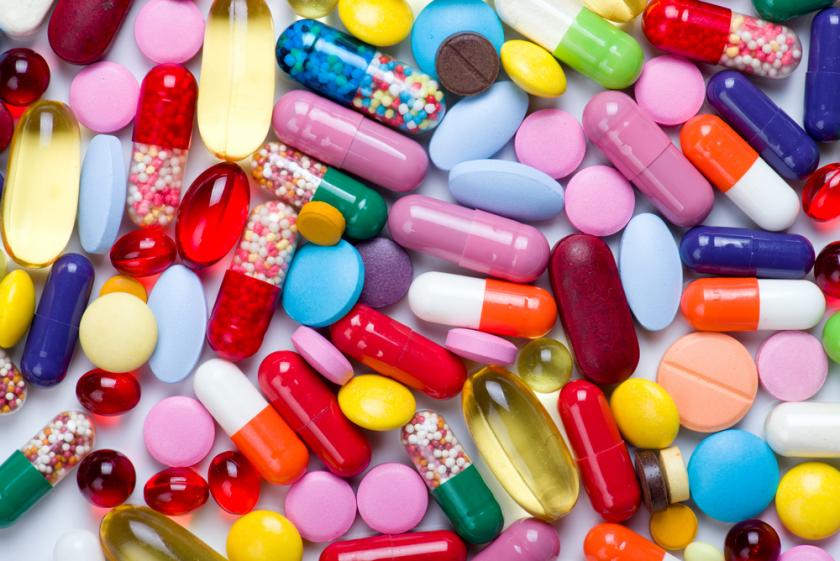The Color of Feeling Better


When you take a pill, it makes its way to your stomach where it eventually dissolves. The stuff the pill is made of (or for capsules and the like, the stuff inside the pill) makes its way into your bloodstream. Some cause chemical reactions which block pain, reduce swelling, open blood vessels, or which go to war against infections. Regardless, taking a pill — beyond putting it in your mouth and swallowing — doesn’t take much, if any, thinking. It just works on its own.
Except that it doesn’t. Before we put the pills into our mouths, something happens: we look at what we’re taking. And, perhaps subconsciously, we notice something about the pill that shouldn’t matter:
We see what color the pill is.
The color of the pill shouldn’t affect how effective the pill is, of course — by and large, what a pill’s design is decided only after we determine the pill’s medicinal value. But, studies have shown — here’s one of many — that while we shouldn’t judge a pill by its cover, we can’t help ourselves. It’s a pretty standard example of the placebo effect — we already associate certain colors with certain moods, outcomes, etc., and those associations don’t disappear simply because the colored item is our medication. As a result, different colored pills thrive at reaching different medical goals. The Atlantic shares the basics of the color code:
Blue pills [ . . . ] act best as sedatives. Red and orange are stimulants. Cheery yellows make the most effective antidepressants, while green reduces anxiety and white soothes pain. Brighter colors and embossed brand names further strengthen these effects—a bright yellow pill with the name on its surface, for example, may have a stronger effect than a dull yellow pill without it.
And, as the Atlantic further explains, that color system isn’t universal — our cultural differences can have an impact:
For instance, the sedative power of blue doesn’t work on Italian men. The scientists who discovered this anomaly think it’s due to ‘gli Azzuri’ (the Blues), Italy’s national soccer team—because they associate the color blue with the drama of a match, it actually gets their adrenaline pumping. And yellow’s connotations change in Africa, where it’s associated with better antimalarial drugs, as eye whites can turn yellowish when a person is suffering from the disease.
The good news is that drug manufacturers are aware of this quirk of our consciousness and act accordingly. (That’s why you don’t often see black pills, which we’d associate with darkness, despair, and death.) It’s not foolproof, of course; there’s no way to account for how we, individually, associate colors with the world around us. But the only other solution is to take your pills without looking at them first, and that would be a very, very bad idea.
Bonus fact: Pills can be used for more than treating medical conditions — they can also be used to read your email. Well, at least the prototype pill could. In 2013, Motorola developed an “authentication vitamin” — a pill which could turn your body into a password emitter. Roberta Dugan, the project lead, explained the tech to AllThingsD: “When you swallow it, the acids in your stomach serve as the electrolyte, and they power it up and the switch goes on and off and it creates an 18-bit ECG-like signal in your body. Essentially, your entire body becomes your authentication token.” Basically: the pill is a swallowable, digestible microcomputer, which — so long as it’s still in your belly — allows you to log into your devices with nothing more than a touch. (The pill gained FDA approval but is still a ways off from being available to us not-yet-cyborgs.)
From the Archives: Kneedless Surgery: Another placebo (maybe), but this one, with a knife.
Related: The Pill Book, which can help you make sure that the pharmacy gave you the right pill when you last filled your prescription.
